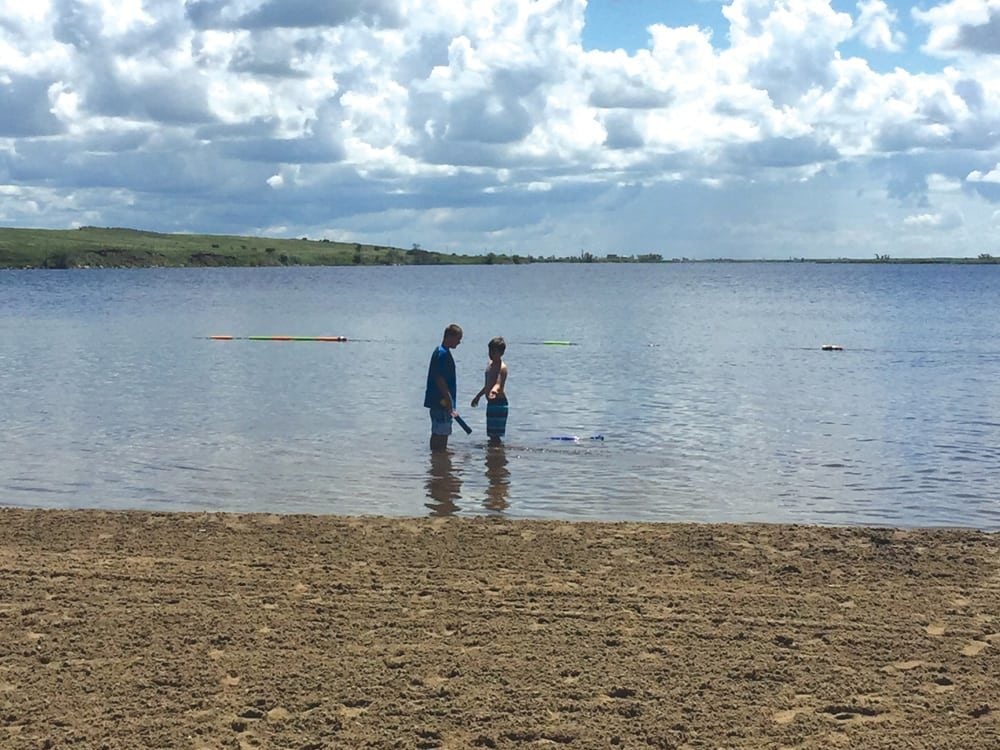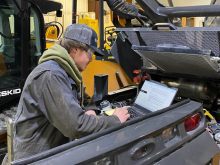A few months ago I used this space to whine about describe the internet speed on our farm. The key word was “slow.”
Since then, another local provider has sprung up. It’s using newer technology, and it has been building towers all over southeast Saskatchewan. We signed up right away, and we couldn’t be happier. I’m downloading work files and watching Netflix like a city person with no data cap.
I won’t go so far as to say faster internet has changed our lives, but it’s certainly made a lot of things easier. I won’t pretend we’re not paying more (we are, more than twice as much), but I also won’t try to tell you it’s not worth it. (It’s worth it to us, but no sane person in Saskatoon would pay nearly this much for internet that doesn’t even come with a home phone line.)
Read Also

Editor’s Rant: The day someone voted for
Thoughts from the editor’s desk on how a foreign government’s decisions — tariffs, revenge tariffs, attempts at market manipulation — all ultimately weigh on the prices farmers and ranchers receive for their work.
So far, the only downside has been explaining to my cousin in west-central Saskatchewan that (so far) this company doesn’t have any towers in his area, and he’ll have to keep getting by with slow downloads.
My problem is fixed. For now. But I’m sure one day, not too long from now, this new company’s new technology will be out of date and the rest of the world will be speeding up to pass me again. I’ll be back here, whining again that my internet is too slow to keep up with the city people.
But three recent pieces of rural-internet-related news are giving me hope for the future. They might even give hope to my cousin, out on his west-central farm, still waiting for the online version of this article to download.
The federal budget
Somewhere between gender equity commitments and changes to paternity leave, the federal government’s 2018 budget included a promise to spend $100M over five years to develop “the next generation of rural broadband.”
Right in the budget documents, they wrote: “The government recognizes that access to the internet is more than just a convenience — it is an essential means by which citizens and businesses access information, offer services and create opportunities.” Finally!
The money will be used for projects for “next-generation rural broadband,” and low Earth orbit satellites. It’s not an immediate solution but it should help eventually.
If you’re using satellite internet now, the dish on the roof of your house is linked up to a big satellite that’s in orbit about 22,000 miles away. There’s a lot of distance and weather between here and there, so you might see lags.
The idea of the low Earth orbit satellites is to build a big network of smaller satellites — they’re only about 3.0 x 2.2 x 2.2 feet. The “low” part of the title means they’ll be a lot nearer to your house — closer to 700 miles than 22,000 miles. This should speed things up.
And Elon Musk
Canada’s federal government is not the first arrival at the low Earth satellite party. Elon Musk has been talking about the idea since 2015 and on February 22, his SpaceX company launched the first two small low Earth satellites. They’re already communicating with Earth. Eventually, the plan is for these two to be part of a network they’re calling Starlink, made up of 4,425 satellites
The plan is for the network to offer internet everywhere on Earth — to the most remote Saskatchewan farm or even to people on a cruise ship (so much for getting away from email on your vacation).
Over the power lines
If you think Elon Musk’s project could be interesting for rural internet development, keep reading.
AT&T is working on a plan to connect people to the internet over power lines. They’re calling it “Project AirGig.”
According to AT&T, AirGig “could one day deliver internet speeds well over one gigabyte per second via a millimetre wave (mmWave) signal guided by power lines. We hope that one day there will be no need to build new towers or bury new cables in locations close to aerial power lines. Instead, using AirGig patented technology, we would install devices to provide high-speed broadband which can be clamped on by trained electrical workers in just a few minutes.”
This is exciting. Not everyone can live close to a cable internet connection, and not everyone has a line-of-sight view of an internet tower. But, in Canada, even the most remote farm has a power line.
They’re not selling AirGig yet, but in December 2017 they launched a test project in rural Georgia.
AT&T says: “While there’s no timeline yet for commercial development, we’re encouraged and excited by what we’ve seen so far.”
I’m encouraged and excited too. Keep the news coming. Eventually, some of it is bound to reach my cousin’s farm.














